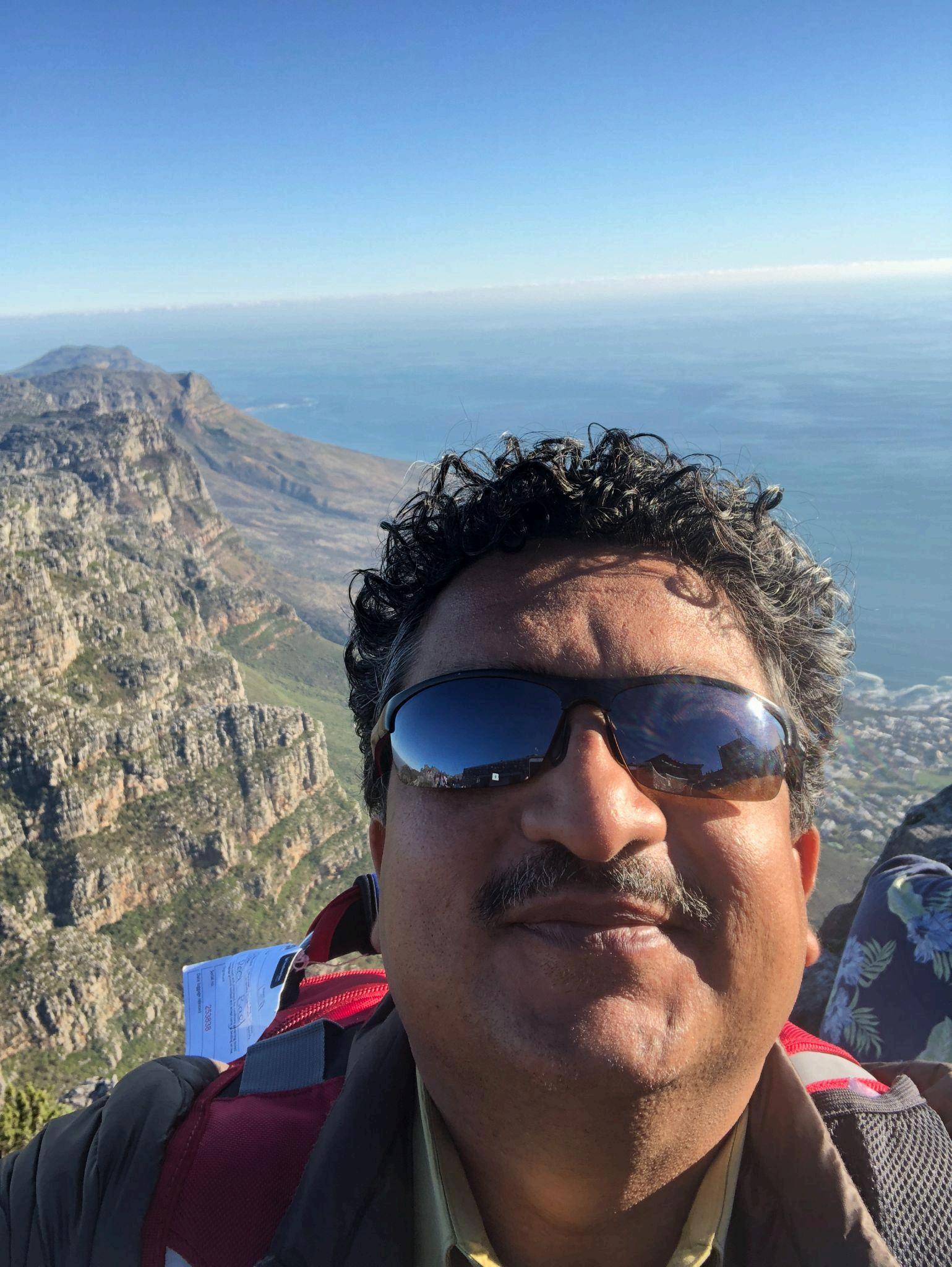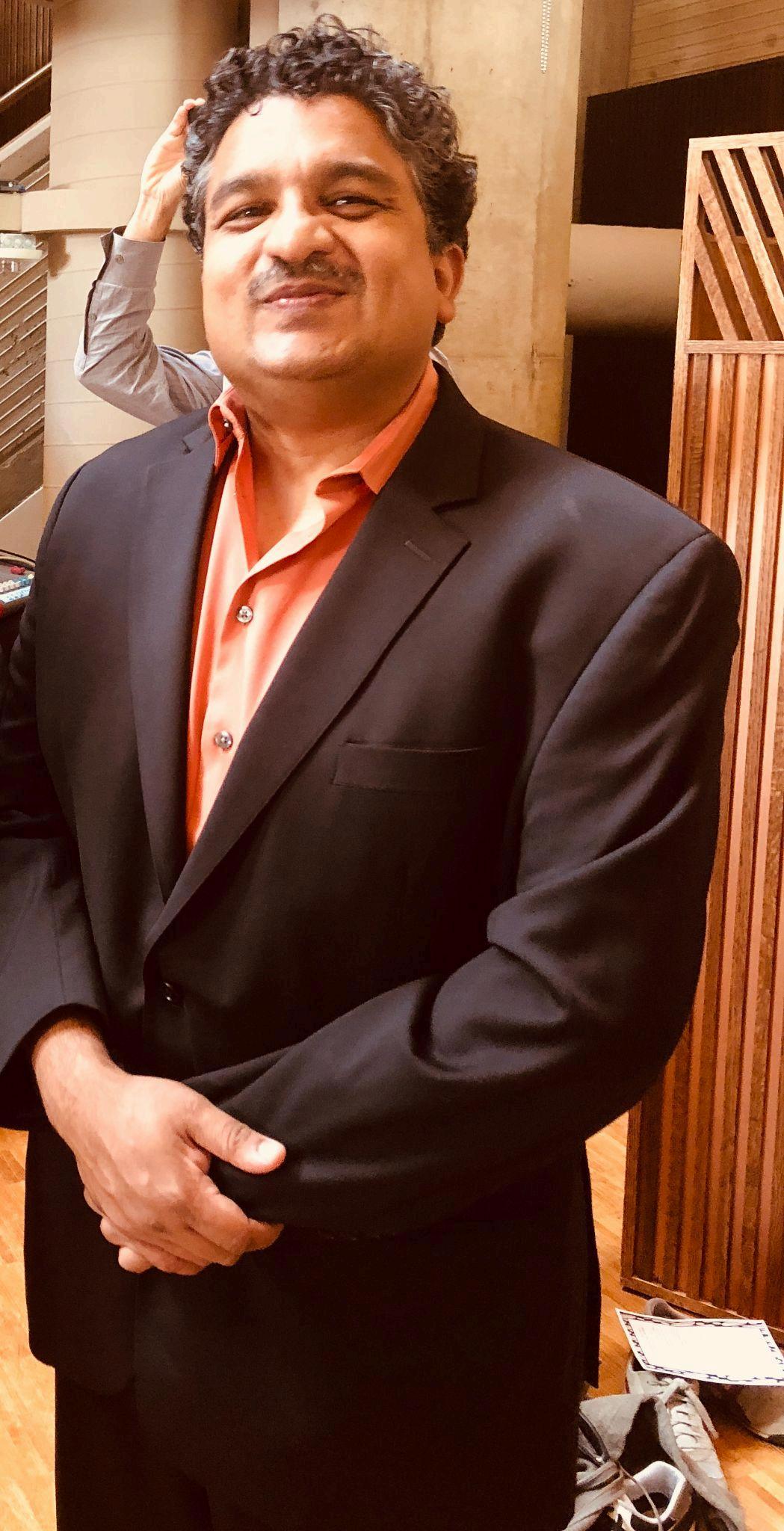Journeys of Faith: Experiencing the World Through Interfaith Travels

Isam Vaid suggests that travel has long been recognized as one of the most powerful ways to broaden one’s perspective and connect with the richness of humanity. Interfaith travel, in particular, presents a unique opportunity to observe how diverse belief systems, traditions, and cultures influence the world For many, the experience of interfaith travel is not just about sightseeing but about engaging deeply with the spiritual, cultural, and historical layers that influence societies across continents These journeys allow individuals to appreciate the beauty of diversity while recognizing the shared values that unite people of all faiths
Interfaith travel often begins with visiting destinations that hold sacred importance to various religions. From the majestic temples of Southeast Asia to the cathedrals of Europe and the mosques of the Middle East, these places embody centuries of devotion and community Walking through such sites is an immersive way to gain a deeper understanding of the role of religion in history and society. Beyond the architecture and rituals, travelers can learn how these sacred spaces have fostered resilience, unity, and moral guidance across generations Each visit becomes more than a tour; it transforms into a lesson in faith, humility, and coexistence.

One of the most profound aspects of interfaith travel is the opportunity to connect with people from different backgrounds Conversations with locals, whether monks in a monastery, imams in a mosque, or priests in a church, open doors to perspectives that go beyond textbooks and documentaries. These exchanges often highlight the similarities between faiths, such as compassion, community, and justice, while also shedding light on the unique ways each tradition interprets life’s purpose Such personal interactions build empathy and often leave lasting impressions on travelers who come to see beyond the boundaries of their cultural upbringing.
Cultural festivals and religious ceremonies provide another layer of richness to interfaith journeys Participating in a Hindu Diwali celebration, witnessing Ramadan practices in a Muslim community, or attending a Christian Easter service abroad gives travelers firsthand insight into how faith shapes daily life. These experiences often reveal that spiritual traditions are not confined to places of worship but permeate art, food, music, and social gatherings Travelers return home not only with memories of color and celebration but also with a more profound respect for the interconnectedness between culture and faith

Another key element of interfaith travel is the exploration of shared heritage. Pilgrimage sites such as Jerusalem, Varanasi, or Mecca embody centuries of history that transcend national borders. While they may hold particular meaning for specific religions, they also symbolize humanity’s universal search for meaning and transcendence Standing in such places, travelers often reflect on the resilience of faith traditions and the ways they have shaped civilization This shared heritage emphasizes the importance of unity, reminding visitors that while beliefs may differ, the desire for connection to something greater is universal

Interfaith travel also encourages reflection on one’s own spiritual identity. When exposed to diverse belief systems, travelers often begin questioning and re-examining their values and practices This process does not necessarily lead to adopting new faiths but can inspire a deeper appreciation of one’s traditions and a renewed commitment to understanding others. The journey becomes an inward exploration as much as an outward adventure, fostering personal growth and maturity

In today’s world, where misunderstandings and conflicts often arise from religious differences, interfaith travel serves as a vital tool for promoting peace. By experiencing firsthand the richness of multiple faith traditions, travelers develop tolerance and understanding that extend beyond their journeys These experiences help break down stereotypes and encourage dialogue, offering pathways toward harmony in increasingly multicultural societies. The lessons learned while traveling often translate into stronger advocacy for inclusivity and mutual respect back home
Ultimately, the experience of interfaith travel is about building bridges It is about recognizing that faith, in its many forms, continues to inspire kindness, resilience, and unity across the globe. Each journey taken through the lens of interfaith understanding becomes a step toward a more peaceful world Whether visiting sacred sites, participating in cultural rituals, or simply engaging in heartfelt conversations, travelers find themselves connected to the shared human story of belief and hope In this way, interfaith travels are not just about discovering the world; they are about discovering the threads of unity that bind humanity together
